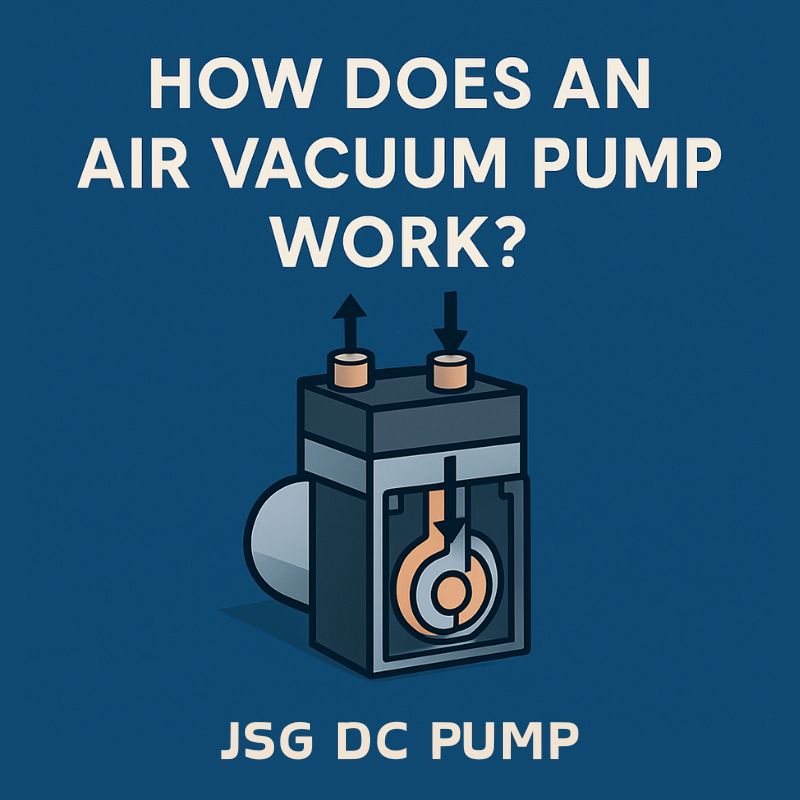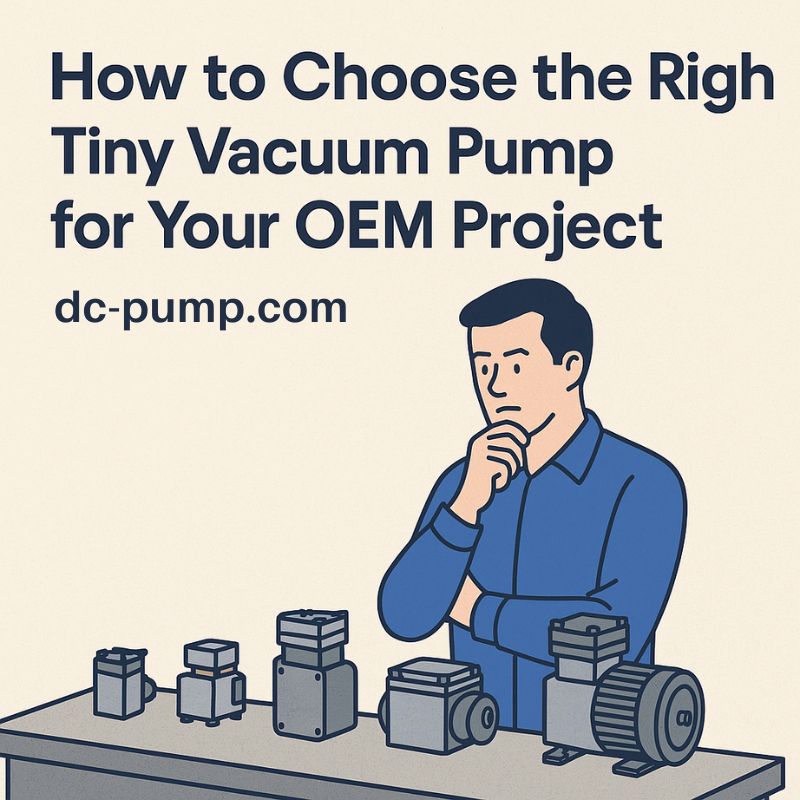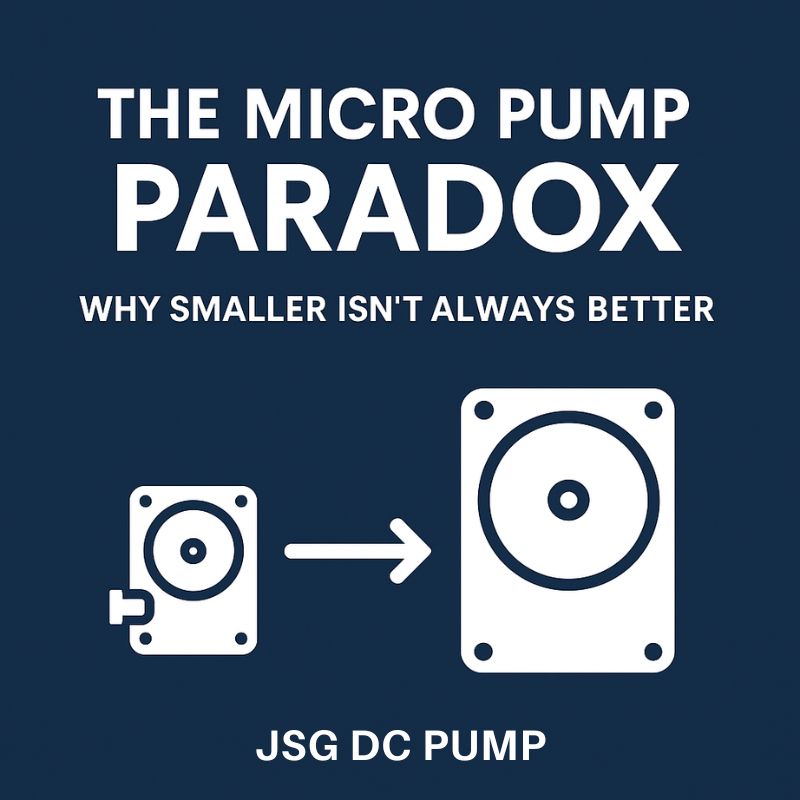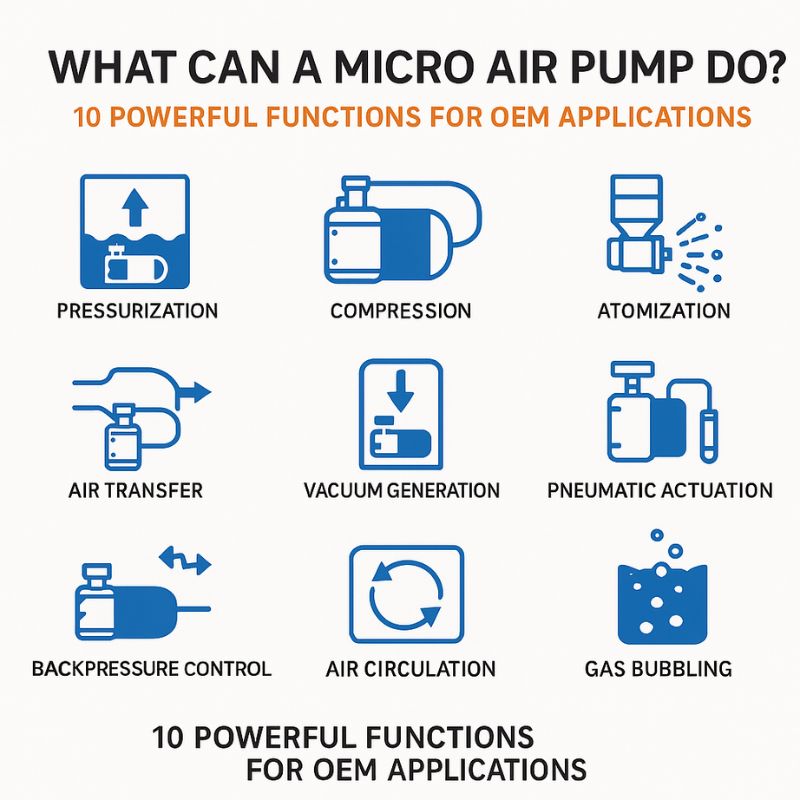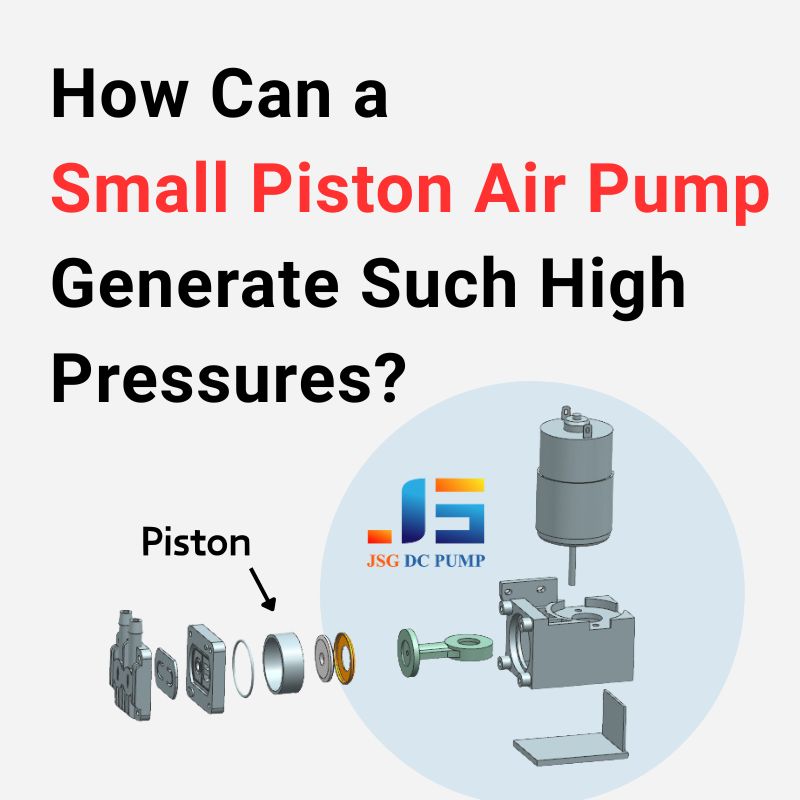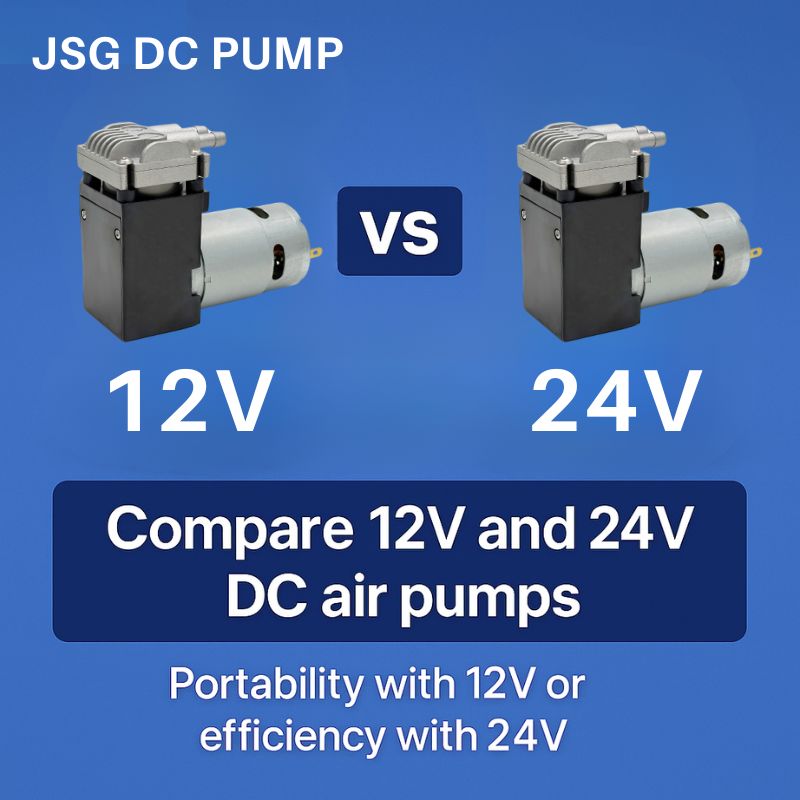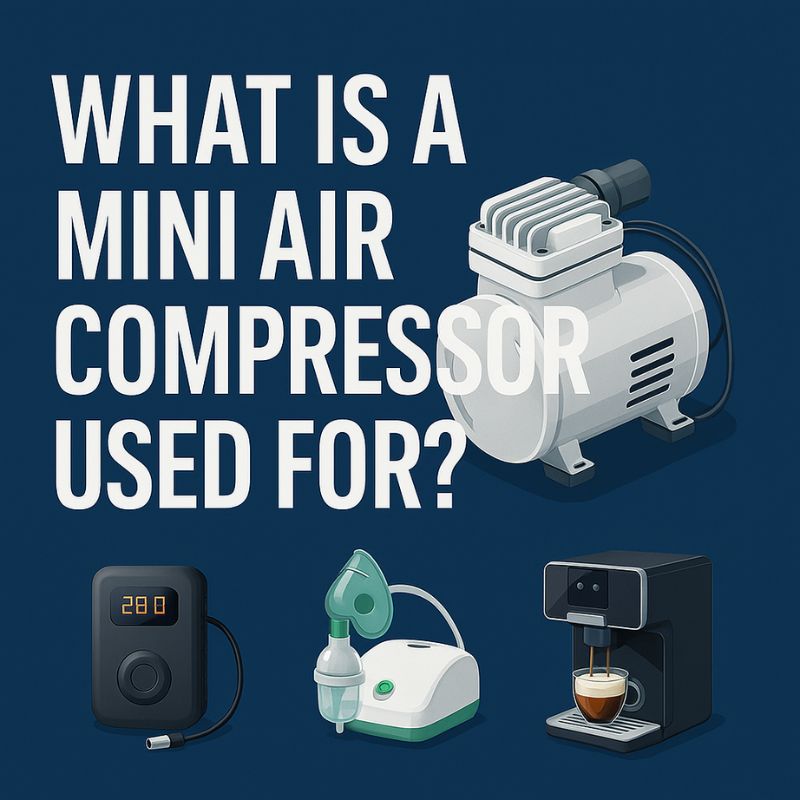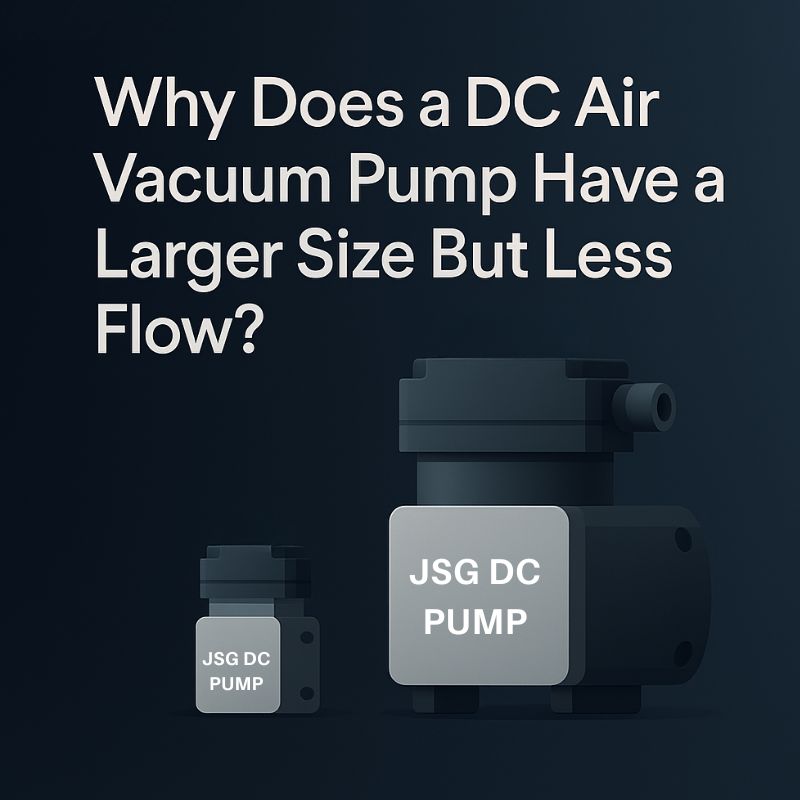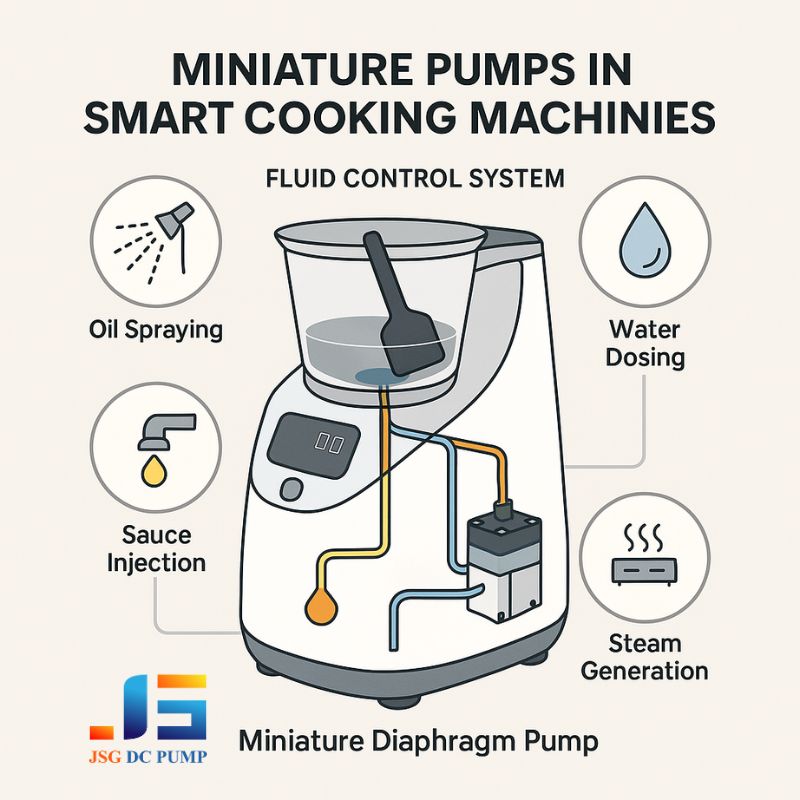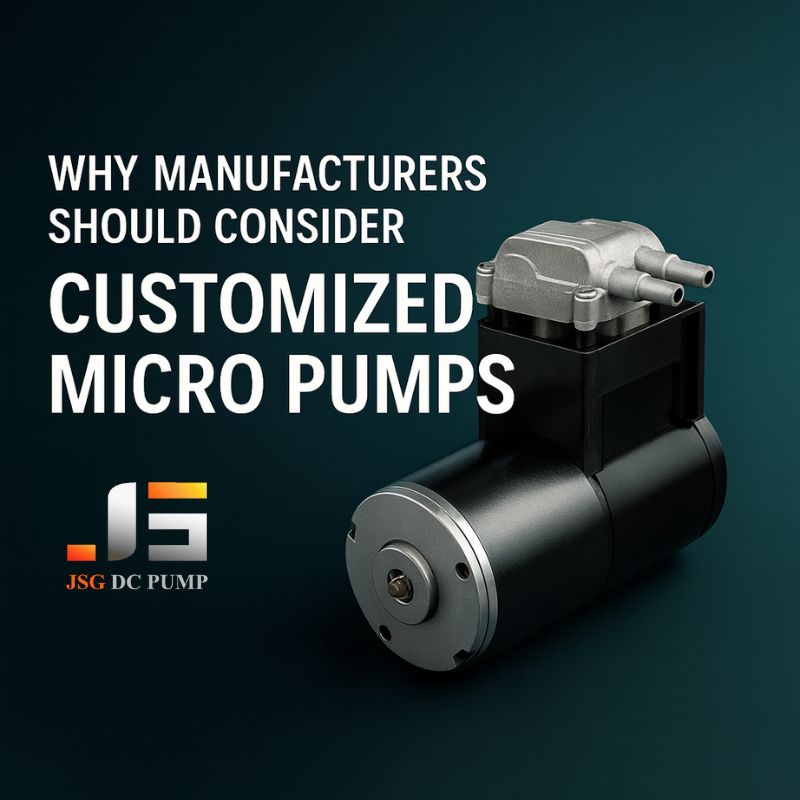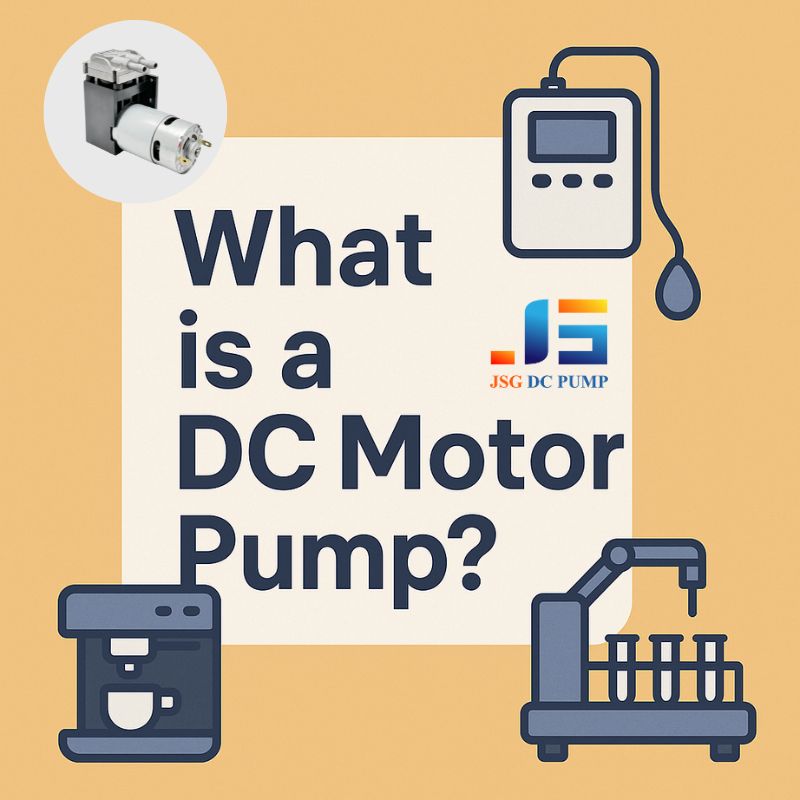Feeling lost in the world of vacuum pumps? Choosing the wrong one can stall your project, waste money, and lead to poor performance, creating major frustration.
A vacuum pump works by removing gas molecules from a sealed volume to create a partial vacuum. The right pump choice depends on the required vacuum level, flow rate (CFM/LPM), and application.
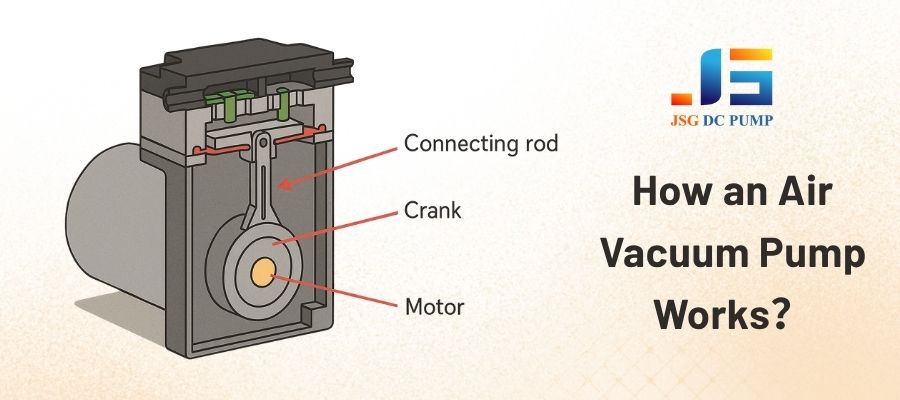
As an engineer at JSG DC PUMP, I help clients navigate these questions every day. The technology is straightforward once you understand the core principles. Let’s break down how these essential devices work and how you can select the perfect one for your needs, whether you’re a professional designer or a DIY enthusiast.
How does a mini vacuum pump work?
Ever wonder what’s happening inside that tiny pump? Not knowing the mechanism makes it hard to troubleshoot or appreciate its clever design for your device.
A mini diaphragm vacuum pump uses a flexible diaphragm moved by a motor. This motion expands and contracts a chamber, opening and closing valves to pull air in and push it out, creating a vacuum.
From my experience designing and troubleshooting these pumps, the elegance is in the simplicity. The process is a continuous cycle that creates a steady vacuum. Here’s a step-by-step breakdown of one full cycle in a diaphragm pump:
- Intake Stroke: The motor turns an eccentric cam, which pulls the connecting rod and the flexible diaphragm downwards.
- Volume Increase: As the diaphragm moves down, the volume of the chamber above it increases. This causes the pressure inside the chamber to drop below the pressure of the connected system.
- Inlet Valve Opens: This pressure difference forces the inlet valve to open, allowing air or gas from the system to be drawn into the pump chamber. The outlet valve remains closed.
- Exhaust Stroke: As the eccentric continues to rotate, it pushes the connecting rod and diaphragm upwards.
- Volume Decrease: The chamber volume decreases, compressing the trapped gas and increasing its pressure above the atmospheric pressure outside.
- Outlet Valve Opens: This high pressure forces the outlet valve to open, expelling the gas from the pump. The inlet valve is now forced shut.
This cycle repeats rapidly, hundreds or thousands of times per minute, to continuously remove gas from the sealed space and create a stable vacuum.
What’s the difference between a vacuum pump, air pump, and suction pump?
People often use terms like “air pump” and “vacuum pump” interchangeably. This common confusion can lead to buying the wrong tool for the job, causing project delays.
A vacuum pump removes air to create negative pressure. An air pump (or compressor) adds air to create positive pressure. “Suction pump” is a functional term, often describing a vacuum pump.
Think of it as pushing versus pulling. An air pump pushes air into something, while a vacuum pump pulls air out of something. While many of our JSG DC PUMP models can be configured to do both, their primary design is optimized for one direction. A “suction pump” is defined by its use case—it uses the vacuum created by a vacuum pump to suck up liquids, dust, or other materials.
Here’s a table to clarify the differences:
| Pump Type | Primary Function | Direction of Pressure | Common Application | My Insight |
|---|---|---|---|---|
| Vacuum Pump | Removes gas from a sealed space. | Negative (below atmospheric) | Food sealing, lab filtration | The goal is to create a low-pressure environment. |
| Air Pump (Compressor) | Forces gas into a space. | Positive (above atmospheric) | Tire inflator, aquarium aerator | The goal is to increase pressure or provide airflow. |
| Suction Pump | Uses vacuum to transport material. | Negative (creates suction) | Medical aspirator, dust collector | This is an application of a vacuum pump, not a distinct type. |
| Combination Pump | Can create pressure or vacuum. | Both Positive and Negative | Portable medical devices | These offer versatility but may have trade-offs in peak performance. |
What are the main types of vacuum pumps?
You hear about different pumps like diaphragm, piston, and rotary vane. Without knowing the differences, you can’t choose the best technology for your application’s needs.
While many types exist, common positive displacement pumps include Diaphragm, Piston, and Rotary Vane. Each offers different trade-offs in vacuum level, flow, cost, and maintenance.
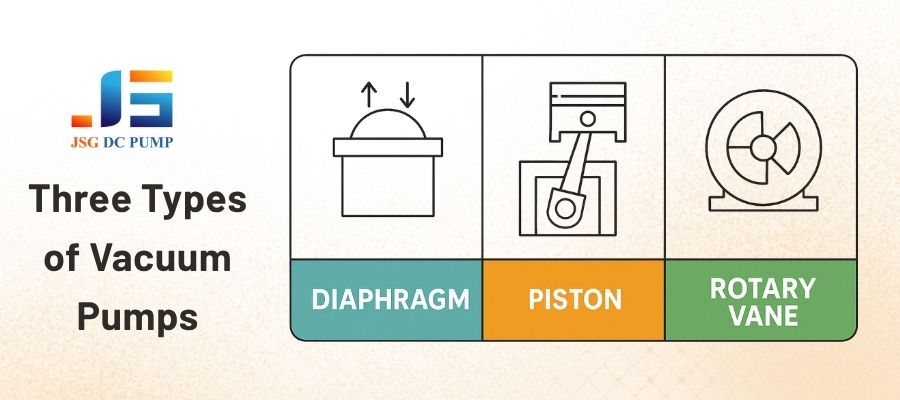
In the world of micro pumps, we mostly focus on technologies that are compact, reliable, and can be customized. While large industrial facilities might use massive diffusion or turbo-molecular pumps, your everyday devices rely on a few key types. Here are the most common ones you’ll encounter:
- Diaphragm Pumps: These are my go-to recommendation for most medical and lab applications. They are oil-free, which prevents contamination, and are known for their reliability, low noise, and minimal maintenance. They are perfect for generating a rough to medium vacuum.
- Piston Pumps: These use a reciprocating piston in a cylinder. They can often achieve higher pressures and vacuum levels than diaphragm pumps, but they can be noisier and may require lubrication, increasing maintenance.
- Rotary Vane Pumps: These use a rotor with sliding vanes to move gas. They are workhorses for achieving medium to high vacuums, especially in air conditioning service and industrial processes. Many are oil-sealed, requiring regular oil changes.
- Linear Pumps: These use an electromagnet to oscillate a piston, offering very quiet and energy-efficient operation. They are great for applications needing continuous, low-pulsation flow.
- Scroll Pumps: These use two interleaved spiral-shaped scrolls to compress gas. They are oil-free and provide a very clean, high vacuum but are typically more expensive and larger.
How do I know what size vacuum pump I need?
Buying a pump that’s too small means slow performance. Buying one that’s too big wastes energy and money. Sizing seems complex and risky without the right information.
To size a pump, determine your target vacuum level (e.g., inHg, mbar) and the required flow rate, often measured in CFM (Cubic Feet per Minute) or LPM (Liters Per Minute).
Sizing a pump is about matching its performance curve to your application’s demands. You need to balance the ultimate vacuum level with the speed at which you need to get there. Flow rate (CFM or LPM) tells you that speed—it’s the volume of gas the pump can move per unit of time. A higher flow rate means you can evacuate a chamber much faster.
Consider these key factors when choosing a size:
| Sizing Factor | Description | Key Question to Ask Yourself |
|---|---|---|
| Target Vacuum Level | The maximum negative pressure your process requires. | How “empty” does the space need to be for my application to work? |
| Flow Rate (CFM/LPM) | The volume of air the pump can move per minute at a given pressure. | How fast do I need to reach my target vacuum? |
| Chamber Volume | The total size of the sealed system you are evacuating. | What is the internal volume of my container, hoses, and components? |
| Duty Cycle | Whether the pump will run continuously or in short bursts. | Will the pump run for hours on end or just a few minutes at a time? |
| Gas Compatibility | The type of gas or vapor being pumped. | Am I pumping clean, dry air, or will there be moisture or chemicals? |
What would you use a vacuum pump for?
You might think vacuum pumps are only for complex scientific labs. This misconception means you could be missing out on using this versatile technology in your products.
Vacuum pumps are used everywhere! Common applications include medical aspirators, food packaging, lab filtration, industrial pick-and-place machines, and even beauty devices like facial cleansing tools.
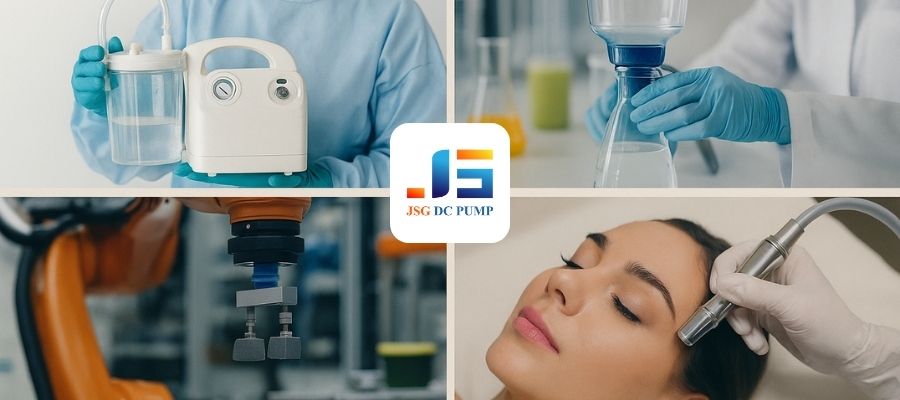
The number of applications for vacuum technology is astounding. Once you start looking, you see them in almost every industry. My work at JSG DC PUMP has given me the chance to contribute to projects across many fields. Here is just a small sample of where our miniature vacuum pumps are used:
- Medical & Healthcare: Portable suction aspirators, negative pressure wound therapy (NPWT), blood analyzers, and gas sampling for patient monitoring.
- Laboratory: Vacuum filtration for sample preparation, vacuum ovens for drying, degassing liquids, and operating sensitive analysis equipment.
- Industrial Automation: “Pick-and-place” robotic arms that use vacuum suction cups to handle delicate items like computer chips or food products.
- Food & Beverage: Commercial and home-use vacuum sealers to preserve food, vacuum bottling to prevent oxidation, and automated milking systems.
- Beauty & Personal Care: Microdermabrasion machines, blackhead removers, and lymphatic drainage massage devices.
- Environmental Monitoring: Portable air sampling instruments that pull air through filters to test for pollutants or contaminants.
- Automotive: Evacuating air conditioning systems before recharging refrigerant and powering brake boosters.
How do JSG DC air vacuum pumps help equipment manufacturers succeed?
As a manufacturer, your reputation is on the line with every component. Choosing an unproven or unreliable pump supplier can lead to product failures, delays, and costly recalls.
JSG DC PUMP provides reliable, customizable mini vacuum pumps with expert engineering support. We help manufacturers accelerate development, reduce risk, and build trusted, high-performance products.
I work directly with product designers and engineers at equipment manufacturing companies, so I understand their challenges firsthand. They need more than just a component; they need a reliable partner who can help them meet tight deadlines and performance targets. We act as an extension of their team, providing the expertise and hardware to bring their vision to life with confidence.
The JSG Partnership Advantage
We have built our service model around the needs of OEMs. Here is how we help our partners succeed:
| Our Commitment | How It Helps You (The Manufacturer) |
|---|---|
| Deep Customization | We modify performance (flow/pressure), materials, and mounting to perfectly match your device’s requirements, saving you design time. |
| Rigorous Quality Assurance | With ISO-certified production and 100% end-of-line testing, we guarantee every pump meets spec, reducing your failure rates. |
| Direct Engineering Support | You get direct access to our technical team for rapid problem-solving, integration guidance, and faster prototyping. |
| Scalable Production | Our robust supply chain supports you from initial prototype orders to full-scale mass production without interruption. |
Conclusion
Understanding how vacuum pumps work, their different types, and key sizing factors like vacuum level and flow rate empowers you to select the perfect pump for any task.
To integrate reliable performance into your devices, partner with JSG DC PUMP. Contact our expert team at admin@dc-pump.com to discuss your project and request a sample.


